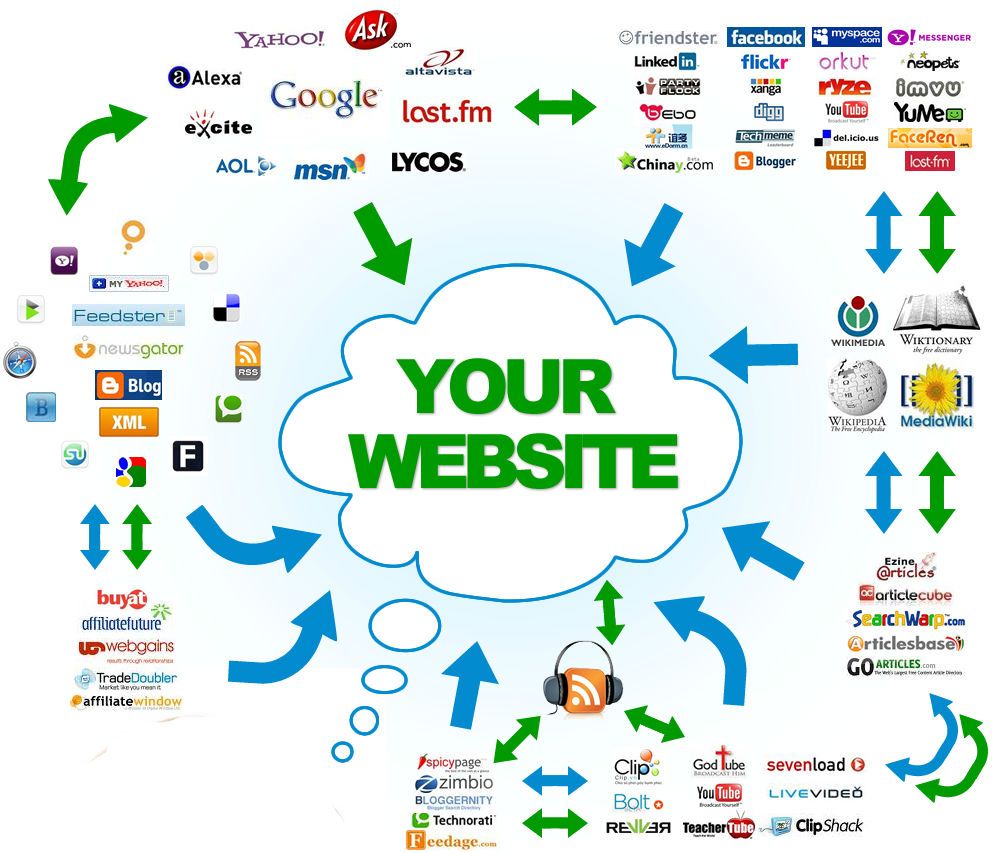Singapore is a dynamic metropolis where the software development scene is constantly changing. Singapore demands evolution because it is a centre for technology and innovation worldwide. The ability to stay one step ahead of the curve is essential in the quickly evolving tech sector. Agile Project Management seems as a ray of hope in this situation.
Understanding Agile Project Management
Agile is a philosophy as well as a methodology. Agile’s basic values centre on adaptability, teamwork, and customer-centricity. Agile uses an iterative process as opposed to traditional methods, which take a linear approach. This indicates that software is created in cycles, enabling constant feedback and advancement.
Core Values Of Agile
The four core ideals of Agile form the cornerstone of all Agile approaches:
- Individuals and Interactions Over Processes and Tools: Emphasizing the importance of team collaboration and communication.
- Working Software Over Comprehensive Documentation: Delivering functional software takes precedence over extensive paperwork.
- Customer Collaboration Over Contract Negotiation: Engaging with clients to understand and meet their needs effectively.
- Responding to Change Over Following a Plan: Being adaptable and receptive to changes, even late in the development process.
Table: Core Agile Values
| TRADITIONAL FOCUS | AGILE EMPHASIS |
|---|---|
| Processes and Tools | Individuals and Interactions |
| Comprehensive Documentation | Working Software |
| Contract Negotiation | Customer Collaboration |
| Following a Plan | Responding to Change |
Global Shift To Agile
Globally, there’s been a noticeable shift from traditional methodologies to Agile. And for a good reason. Agile offers adaptability, a crucial trait in today’s volatile tech world. This global trend resonates deeply with every software development company Singapore. Given the nation’s tech-forward vision, the relevance of Agile in Singapore’s tech ecosystem is undeniable.
The Rise Of Agile In Singapore
Tracing The Adoption
Singapore’s tryst with Agile didn’t happen overnight. Over the years, as the tech industry burgeoned, the need for a more adaptive approach became evident. Agile, with its promise of flexibility and rapid delivery, seemed like the perfect fit. And so, from start-ups to tech giants, the Agile wave swept across the nation.
Key Drivers Behind The Shift
Several factors fuelled Singapore’s shift towards Agile. First, the nation’s inherent drive for innovation. Singapore has always been at the forefront of tech advancements and software development services. Naturally, a methodology that promises faster innovation was welcomed. Next, the competitive nature of the tech industry in Singapore. In such an environment, the ability to quickly adapt to changes can be the difference between success and obscurity.
Why Traditional Project Management Falls Short
The Linear And Waterfall Models
In the past, the Linear and Waterfall models dominated the software development scene. These models, while systematic, follow a rigid path. You move from one phase to the next, with little room for revisiting or revising.
The Waterfall model, a traditional approach, is characterized by its sequential phases. Each phase must be completed before the next begins, with little room for revisiting or revising.
Flow Chart: Waterfall Model
[Requirement Analysis] -> [System Design] -> [Implementation] -> [Integration] -> [Testing] -> [Deployment] -> [Maintenance]
This linear progression means that feedback is typically gathered at the end, making it challenging to implement changes once the project is underway.
Limitations In The Dynamic Tech World
In a rapidly changing software development service landscape like Singapore’s, these traditional models often fall short. Why? Because they lack flexibility. Imagine spending months developing a software feature, only to realize that the market needs have changed. With traditional models, making changes can be cumbersome. On the other hand, Agile, with its iterative nature, allows for continuous adaptation.
Agile To The Rescue: Addressing Software Provider Failures
Software provider failures can be detrimental. Be it due to changing market demands, technological advancements, or unforeseen challenges, failures can set companies back by months if not years. This is where Agile shines. By adopting an iterative approach, companies can pivot quickly, addressing issues as they arise, rather than after the fact.
Diving Deeper: Agile Methodologies
Introduction To Scrum
Scrum is a popular Agile methodology, known for its structured approach. It breaks down projects into small, manageable chunks called ‘sprints’. Usually, a sprint lasts between two and four weeks. A potentially shippable product increment is delivered at the conclusion of each sprint. This ensures continuous delivery and feedback.
Embracing Kanban
Kanban, inspired by the Japanese manufacturing system, focuses on visualizing the workflow. Tasks are represented on a board, allowing teams to see the status of every piece of work at any time. This visualization helps in identifying bottlenecks and ensuring a smooth flow of tasks.
Table 2: Scrum vs. Kanban
| ASPECT | SCRUM | KANBAN |
|---|---|---|
| Focus | Sprints | Workflow Visualization |
| Duration | Fixed (2-4 weeks) | Continuous |
| Changes | After Sprint | Anytime |
The Hybrid Approach
Combining the finest of both worlds is valuable from the viewpoint of a Software development company in Singapore. The Hybrid technique combines components from different Agile frameworks. By doing this, it provides a customised strategy, taking into account the particular requirements of each project.
Benefits Of Agile In The Singaporean Context
- Enhanced Adaptability: Change is the only constant in Singapore’s vibrant tech scene. Agile, with its flexible methodology, guarantees that businesses remain adaptable. businesses can react quickly to changes in the market, ensuring businesses remain relevant.
- Faster Time-to-Market: Continuous delivery is ensure by the iterative nature of agile approaches. As a result, Singaporean businesses will reach the market more quickly. This could be a big benefit in a competitive environment.
- Improved Collaboration and Satisfaction: Agile encourages teamwork. Teams closely coordinate to make sure that everyone is on the same page. This raises team morale and increases effectiveness. Likewise, customer satisfaction levels noticeably increase with ongoing feedback.
Challenges And Considerations For Singaporean Companies
- Hurdles in Adopting Agile: While Agile offers numerous benefits, the transition isn’t always smooth. Companies often face challenges in terms of mindset shifts. Traditional practices are deeply ingrained, and moving away can be daunting.
- Organizational Culture and Training: The success of Agile largely depends on the organizational culture. Companies need to foster an environment of openness and continuous learning. Training becomes crucial here. Regular workshops can ensure teams are well-equipped to handle Agile projects.
For more such updates stay connected with us!



